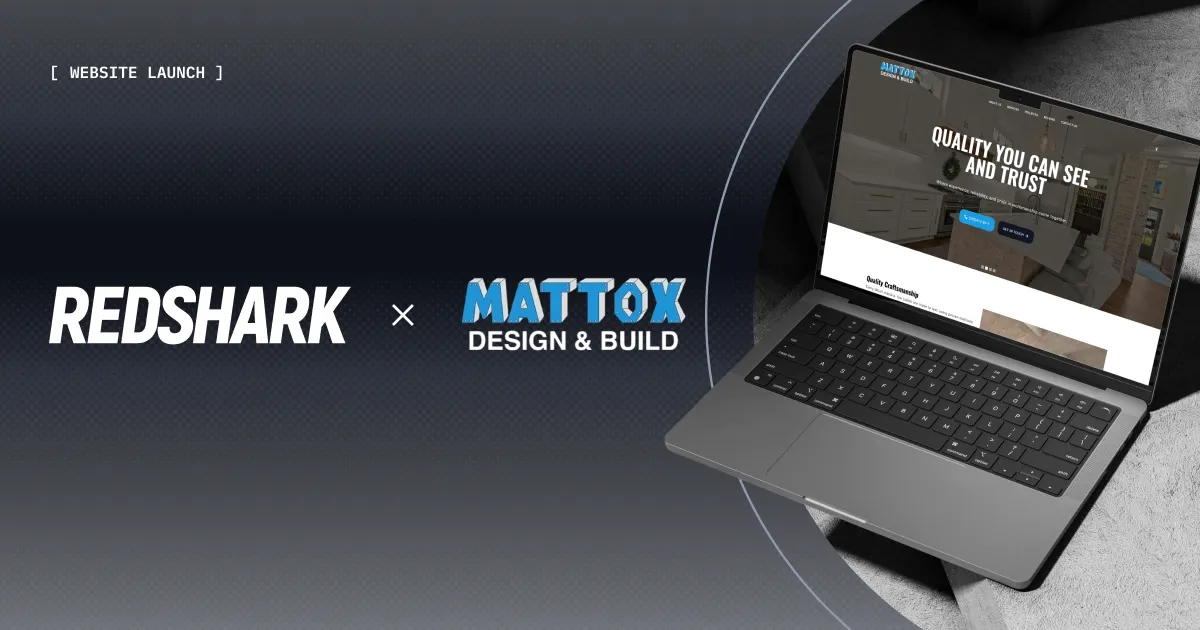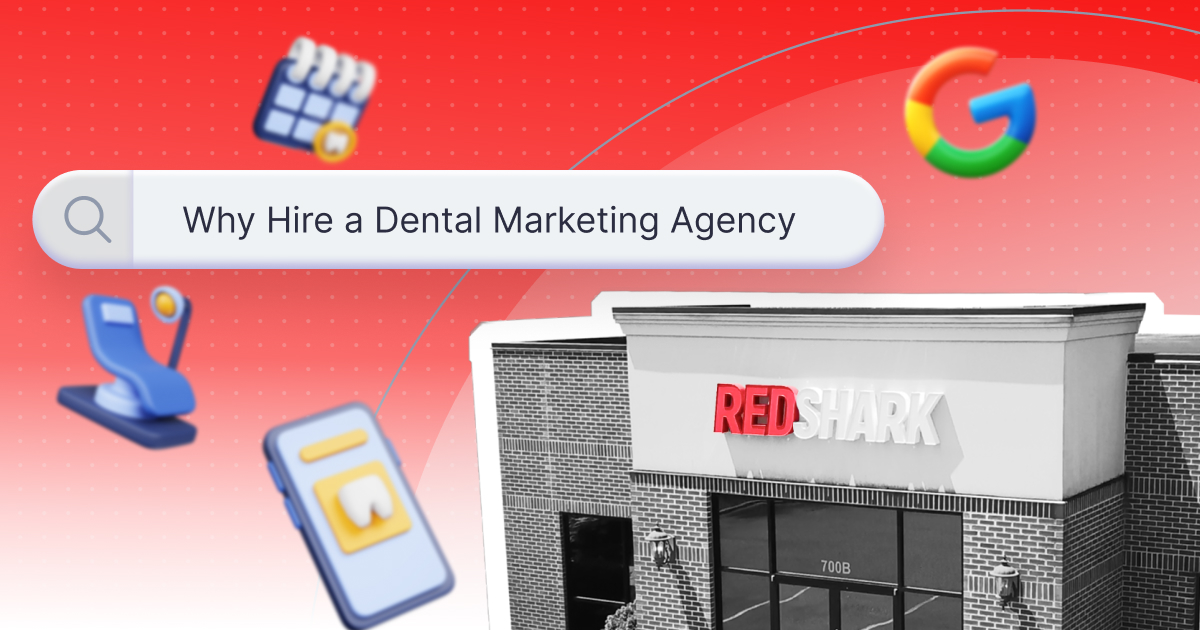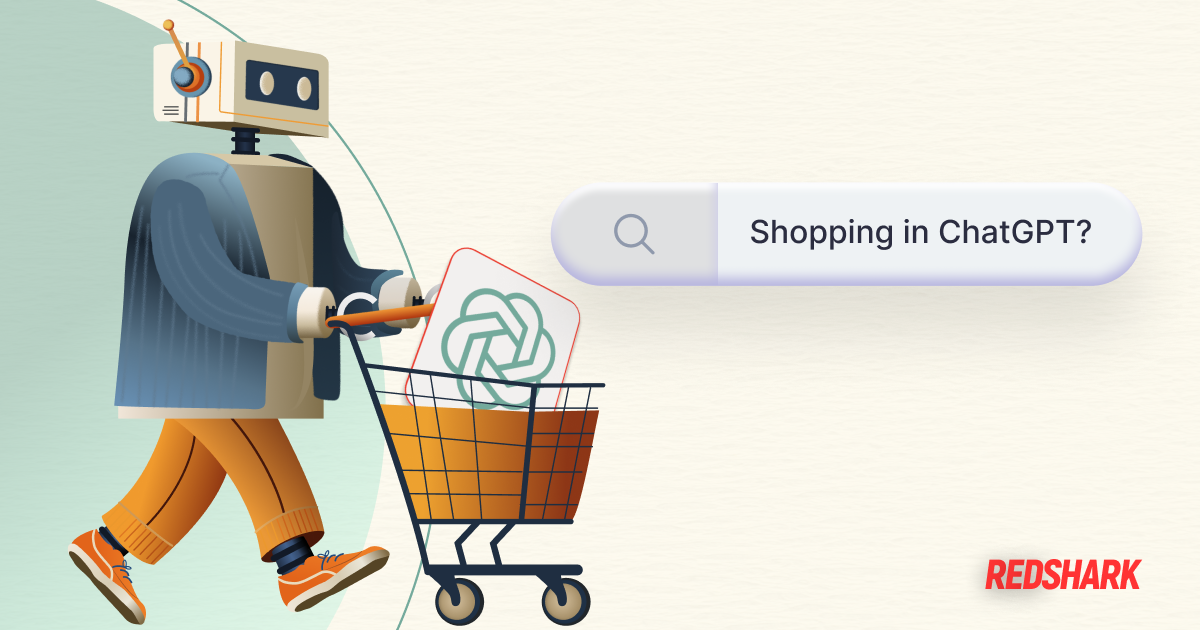
Why Your Business Needs Paid Ads
Why Your Business Needs Paid Ads
Featured & Recent Articles
Why Your Business Needs Paid Ads

For business success in the digital age, utilizing paid advertising is crucial to get ahead of the competition. Digital ad spending is the fastest-growing segment in advertising, including campaigns across desktops, laptops, and mobile devices (Statista, 2019). Paid advertising gives brands the ability to target specific types of consumers in a way like never before. It also provides an opportunity to measure the progress of the campaign along the way. This allows for alterations to be made in real time, increasing engagement and overall campaign performance. Making paid advertising is a priority and an essential step for businesses to elevate their brand and grow their customer base in 2020.
“As the first business funding mobile app for women entrepreneurs, we encourage our community to allocate 50-70% of their funding budget to paid social advertising. Gone are the days of small businesses getting tons of organic traffic from Instagram, Facebook, LinkedIn, YouTube, and Google. You have to learn how to leverage these platforms through their paid advertising programs, and get the funding you need to target the data they collect to help you reach new customers.”
- Arielle Loren, Founder & CEO, 100K Incubator (Forbes)
Critical Keyword Research
In the world of digital marketing, paid advertising allows an array of opportunities to reach your target customer. Through advertising on platforms like Google or Bing, you can target people specifically looking for keywords related to your brand. Instead of wasting efforts on people who will not purchase your product, search advertising places your brand directly in front of the people who are looking to purchase. Ads are displayed as they search for terms, ask questions, or locate the nearest shop. These keywords present an opportunity for your company to be the answer to the consumer’s questions. To improve ads on Google, work on doing critical keyword research. Find words related to your brand, noting any services, products, or menu items your business has to offer. Analyze what people would typically search for when your brand would be the answer. An example is adding “food near me” or “places to eat nearby” when advertising for a restaurant. Create a contained keyword list that focuses on retaining the customers you already have and the clientele you want to reach.
Sponsored Content
As social media continues to take over the internet, it is not enough for brands to just use these platforms organically. Sponsored content through paid advertising keeps your information relevant and frequently on your customer’s news feeds. Social platforms provide an alternative space to search engines for customers to seek information. Utilizing these outlets, specifically Facebook and Instagram, grants you access to target your brand’s audience specifically. The amount of personal information on Facebook is tremendous, allowing the ability to target an audience by any information that can be placed in a user profile (age, sex, location, education, religion, interests, etc). Facebook then automatically delivers your ad to people who will most likely find your brand relevant, leading to better quality conversions. Considering that most people spend much of their time on social media, advertising on these platforms continues to prove to be effective. Over 65% of consumers can recall a brand they saw advertised on a mobile device (Hubspot). One of the biggest contributors to customer loyalty is brand recognition. If your business is constantly appearing on the feed, people tend to associate it with the services or products they offer. When the time comes for the impressed audience to purchase a product in need, your brand will likely be their first consideration.
Programmatic Advertising
The journey of any internet user regularly expands beyond the initial search in Google or post on a Facebook timeline. Although your audience may first enter a keyword on a search engine, the information they are looking for is typically found further on other websites. To have a leg up on your competitors, programmatic advertising can help further your presence in the digital world. The targeted display through programmatic platforms delivers ads that are relevant to the user. Ads viewed by the audience have to do with the previous sites they visited, searched for, or read through online. Targeted display ads go way beyond any search engine, where this platform places the right ad directly in front of the right person. New pages and information are just a click away, and displaying your brand through programmatic advertising is crucial in improving brand awareness, engaging customers, and increasing sales.
Measurable Results
If utilizing these tactics correctly, one of the biggest benefits of paid advertising is that it can provide measurable results. Each platform has the ability to record every aspect of your campaign including the number of clicks, the cost per click, and what sales were generated from the ads. On Facebook, look at how engaged your audience is by analyzing the impressions, reach, likes, shares, and click-through-rate. These metrics can be checked in real-time and adjustments can be made along the way to increase their impact. This helps you make better use of your paid advertising budget and improve your results over time for business success.
When a paid advertising campaign has been established, businesses have the ability to leverage their understanding and insight on a target audience. An increased audience reach gives you an option to deliver quality insight to more people who can easily be converted and drive sales. At Red Shark Digital, an advertising agency in Raleigh, NC, we are increasingly seeing new ways to connect brands and their customers through the platforms of paid ads. In conjunction with creative content and SEO management, a consistent and effective paid advertising plan is precisely what every business needs to succeed in 2020.














.png)




.png)
.jpg)




